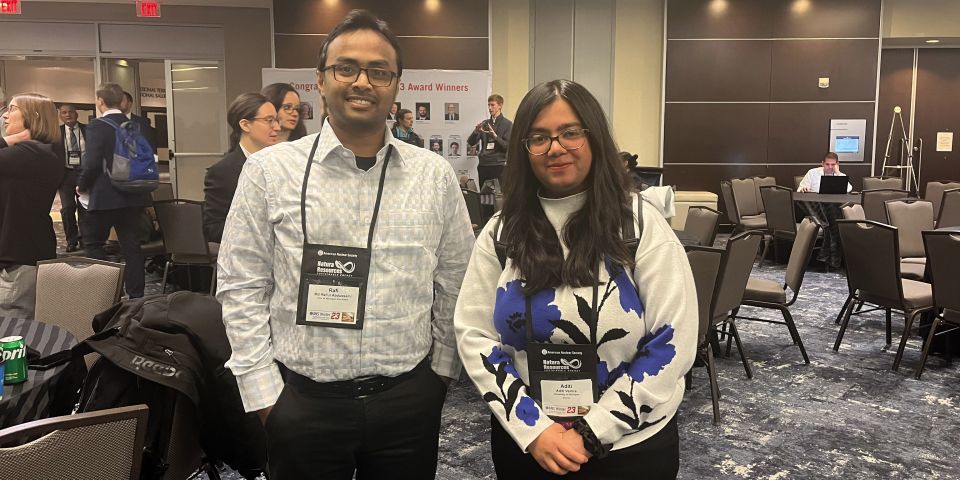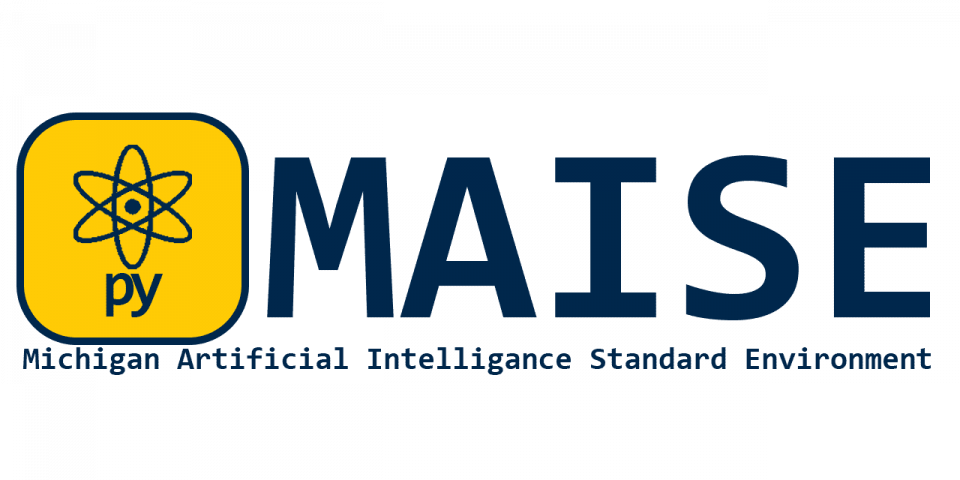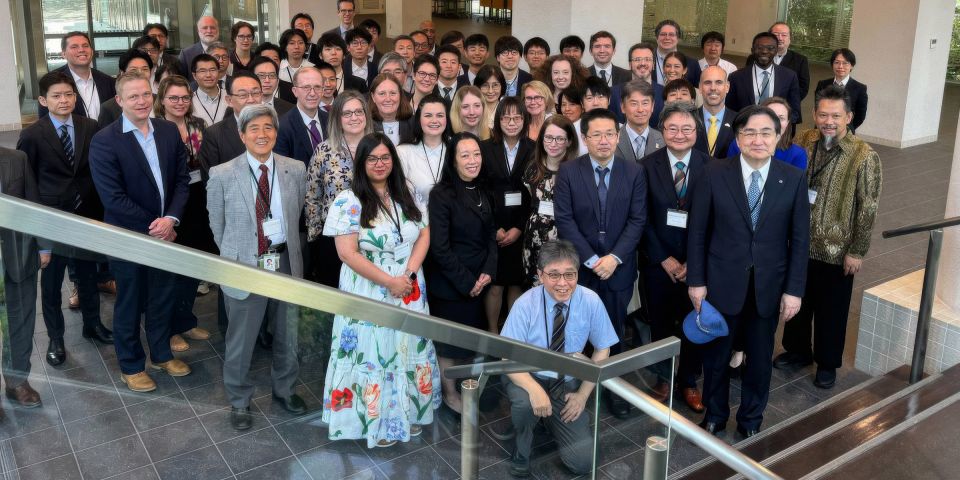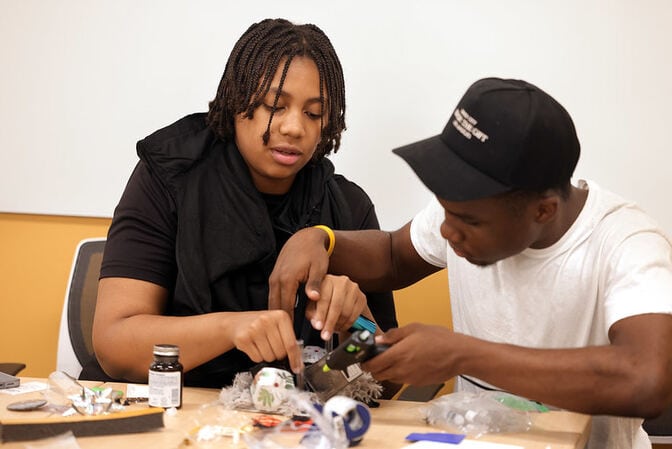UM's Fastest Path to Zero Initiative evaluates progress in supporting “Carla”
 In a follow-up to A Step-by-Step Guide to Nuclear Innovation Policy, which was released by think tank Third Way in 2016, the Fastest Path to Zero Initiative of the University of Michigan has now published “Young Carla,” an eponymous “prequel” about a fictional nuclear engineering student. Carla was introduced in the 2016 report as a graduate nuclear engineering student with an idea for a new type of nuclear energy technology. The report explained how wise policy decisions in the United States could improve government-private partnerships so that Carla’s idea could be commercially demonstrated.
In a follow-up to A Step-by-Step Guide to Nuclear Innovation Policy, which was released by think tank Third Way in 2016, the Fastest Path to Zero Initiative of the University of Michigan has now published “Young Carla,” an eponymous “prequel” about a fictional nuclear engineering student. Carla was introduced in the 2016 report as a graduate nuclear engineering student with an idea for a new type of nuclear energy technology. The report explained how wise policy decisions in the United States could improve government-private partnerships so that Carla’s idea could be commercially demonstrated.

Talabi

Verma

Allen
In the new prequel, Fastest Path to Zero Initiative colleagues Todd Allen, Aditi Verma, and Sola Talabi evaluate the progress made in the past six years in “establishing an environment that would create and support a young innovator like Carla.” They also make further suggestions to encourage young technology innovators. The prequel’s publication was timed to coincide with the release of the Nuclear Innovation Alliance’s new report, Transforming the U.S. Department of Energy: Paving the Way to Commercialize Advanced Nuclear Energy.
Progress made: The prequel notes that many of the 2016 policy proposals have entered into effect in the form of the Nuclear Energy Innovation and Modernization Act, the Nuclear Energy Innovation Capabilities Act, the Department of Energy’s Gateway for Accelerated Innovation in Nuclear framework, the National Reactor Innovation Center, and the Advanced Reactor Demonstration Program. They also note that there are now 64 advanced reactor companies in the United States—more than in any other country.
Encouragement and support for Carla: The preque looks at four key areas in the U.S. nuclear sector where Carla and other young innovators might turn for support and inspiration: the national research infrastructure; the ability to propose and test ideas quickly; the ability to examine societal, environmental, and economic implications of technical ideas; and the opportunities for private-public partnerships. In addressing these points, it poses the important question: “How can we create an environment in which more people want to be—and are able to be—like Carla?”
Infrastructure beyond physical: According to Allen and his coauthors, infrastructure must be considered not only in terms of physical structures, like test reactors, but also in terms of “well-maintained and easily accessible codes and data, such as Monte Carlo codes for nuclear transport and nuclear cross-section data” and “programs and processes that facilitate workforce development.” They stress the importance of keeping codes and data updated and making this information accessible to up-and-coming innovators and the incoming generation of workers.
Pushing the envelope: The authors caution that innovation can be hampered by “overly prescriptive programmatic task descriptions,” and so early-stage research goals should be defined flexibly and “in response to long-term national challenges.” It is important to encourage early research “that pushes the envelope but which might not yield near-term results,” with decisions to proceed with projects “based on progress and excellence.” They add that new noncompetitive, merit-based funding pathways should be developed with eligibility requirements stated upfront.
Community engagement: Deployment of new nuclear technologies should meet societal and community needs, according to the prequel, so “researchers and developers should obtain community input from the earliest stages of technology design through deployment.” Due to industry’s historical iniquities in this area, such as “displacement of Indigenous populations, the siting of fuel cycle and waste facilities predominantly in communities of color, and health impacts on these communities,” it is especially important to improve in this area and repair community relationships and rebuild public trust.
Research interfaces: “The interface between private and public research should be more cohesive and harmonious,” according to the prequel, “to ensure that the research community is engaging in worthy research that will lead to improving the usefulness of nuclear technology.” This is especially true in this age of start-ups, which may not have the connections to the research community—but may well be where Carla lands a job. To address intellectual property protection, the pace of activities, and other interface problems, the initiative proposes funding mechanisms to support “reputable commercial institutions that have demonstrated their capabilities, as well as emerging companies on the frontiers of innovation to support their inherent speed,” as well as greater efforts from trade and advocacy groups in communicating with the broader research community.
Why “Carla”? The Fastest Path to Zero Initiative recognizes that this is an era of “unprecedented change” in the nuclear sector—and that it is time to “not only revisit our technologies but also reconfigure who has a seat at the table in designing them.” If academic and professional spaces are not made more welcoming to women, people of color, and those from underrepresented backgrounds, the authors warn, “many Carlas with bold ideas may not find opportunities for . . . transforming those bold ideas into reality.” Because “the absence of diverse perspectives . . . leads to technologies that are not only inequitably designed but also prone to failure,” it is important to change and expand educational, research, and funding opportunities to increase diversity and embrace the “younger, more vibrant group” who are the future workforce.









